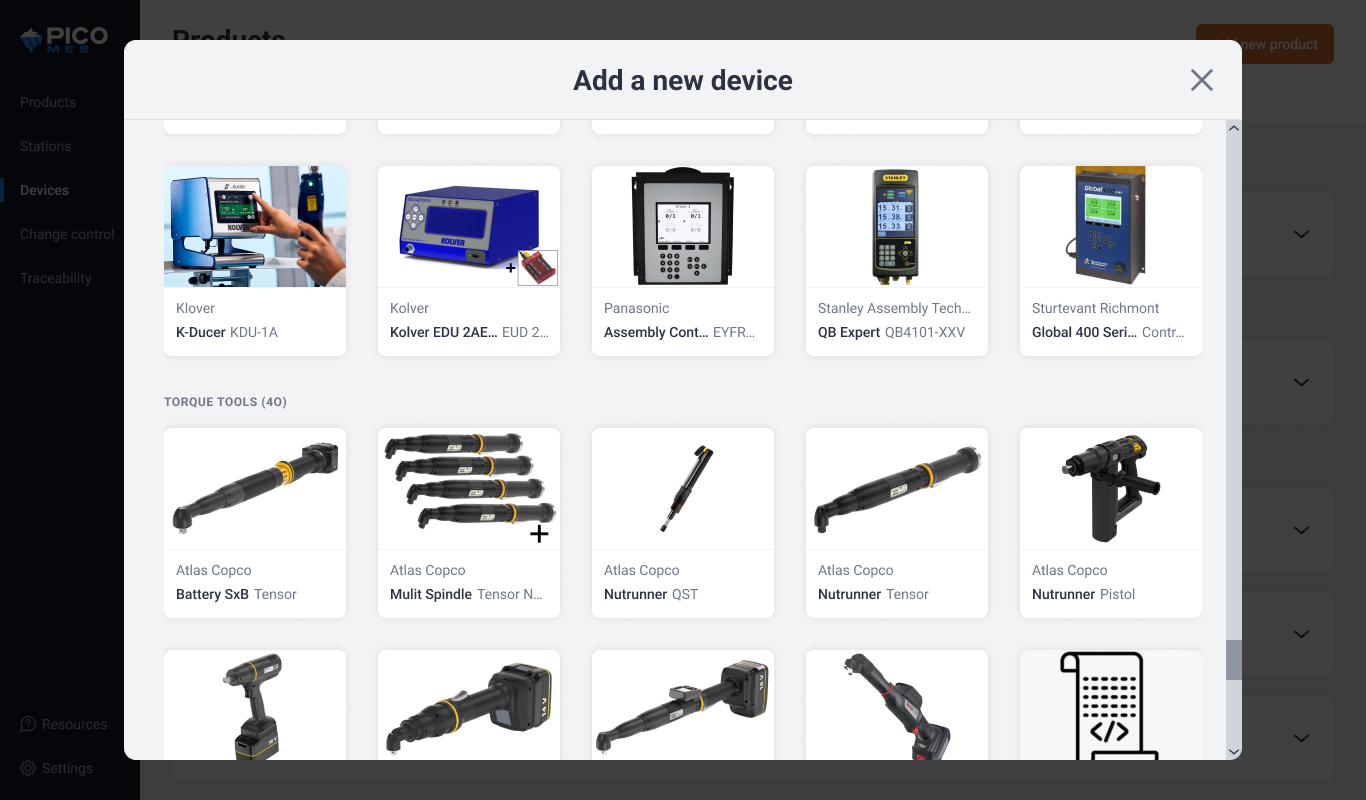#{ item.name }
#{ truncateText(item.metadescription) }
Manual assembly remains a critical operation where the skill and precision of human workers are paramount. Unfortunately, no human is perfect so errors will occur. Errors in manual assembly can lead to a range of negative outcomes, from minor defects to critical failures that compromise safety and functionality. Errors can also result in increased scrap rates, rework, and delays, all of which contribute to higher production costs and reduced efficiency. In some cases, the repercussions of these mistakes can extend beyond the manufacturing floor, affecting brand reputation and customer satisfaction.
Common errors in assembly processes:
This is hardly an exhaustive list. The good news is that all of this can easily be prevented or minimized through automation.
Poka-yoke is a proactive approach designed to catch and correct errors before they cause damage. To mitigate the risks associated with human error, manufacturers can implement several strategies. Error-proofing techniques, such as poka-yoke, ensure that components can only be assembled correctly. The goal of poka-yoke is to design processes, equipment, and tools in a way that makes it impossible for an error to occur or makes the error immediately obvious. This prevents defects from progressing further through the production process and improves overall quality and efficiency. Read how HJI Supply Chain Solutions improved the quality of their automotive application through Pico's digital work instructions.
Poka-yoke techniques are an important part of lean manufacturing principles. They help eliminate waste and inefficiency caused by errors and the effort to correct them. The benefits of implementing poka-yoke in assembly operations include:
By designing assembly processes that are "mistake-proof", poka-yoke prevents defects from occurring in the first place rather than trying to inspect quality issues later down the line. This proactive approach to quality boosts overall operational performance.
Poka-yoke or error-proofing relies on four key principles:
The key distinction in error-proofing is between "designing out" sources of error versus "mistake-proofing" to minimize human mistakes. Elimination and prevention focus on the former, while detection and mitigation deal with the latter. A robust poka-yoke system integrates both aspects for optimal quality and reliability.
Additionally, ergonomic design principles can reduce worker fatigue and cognitive overload, which are common sources of mistakes. Training programs that emphasize quality and precision, along with regular assessments of assembly processes, can further enhance the reliability of manual assembly operations.
The importance of reducing errors in manual assembly cannot be overstated. By combining human skill with effective error-proofing strategies, manufacturers can ensure the production of high-quality products while maintaining the benefits of a flexible and adaptable workforce. The continuous pursuit of excellence in manual assembly is not just about minimizing costs—it's about upholding the standards of quality that customers expect and deserve. Take a tour to see how easy error-proofing can be.
#{ truncateText(item.metadescription) }
Step into the future of factory operations with Pico MES. Start your journey toward a more efficient, error-proof factory floor today.
